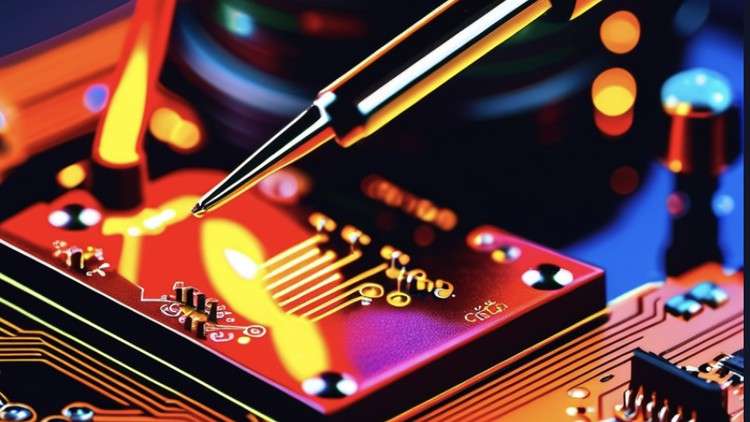
From novice to expert in soldering. Learn the methods, insights and required tools to set you up for soldering success!
What you will learn
Soldering Proficiency: By the end of the course, learners will have the knowledge of what’s required to develop a high level of soldering proficiency
Materials and Equipment Selection: Learners will be able to choose appropriate soldering materials and equipment based on the specific requirements
Safety Awareness: Learners will understand the importance of safety in soldering and will be well-versed in safety practices
Quality Control and Inspection: Learners will acquire the ability to inspect and test solder joints for reliability and functionality.
Description
Are you eager to embark on a journey into the world of soldering? Our “Soldering Essentials for Electronics” course is your gateway to mastering this fundamental skill. Whether you’re an electronics enthusiast, a DIY hobbyist, or an aspiring technician, this course equips you with the knowledge and hands-on experience needed to become proficient in soldering. Some topics covered include:
1) Soldering Basics -We’ll start by demystifying soldering with an in-depth exploration of its fundamental principles. Learn about solder alloys, fluxes, and the various types of soldering equipment, from soldering irons to solder wick.
2) Soldering Techniques – Gain practical experience through step-by-step demonstrations. Discover the correct way to handle a soldering iron, maintain soldering tips, and control temperature settings for precise soldering.
3) Safety – Prioritize your safety and that of your workspace. We’ll cover the essentials of protection, ventilation, and best practices to ensure safe soldering.
4) Component Soldering – Dive into the heart of soldering as you learn to solder electronic components onto printed circuit boards (PCBs). Practice both through-hole and surface mount soldering techniques, guaranteeing reliable connections.
5) Quality Assurance – Ensure your soldering work is top-notch. Learn how to inspect and test solder joints for reliability and functionality. Identify common soldering defects and master the art of rectification.
Learn the above topics and more!
By the end of this course, you’ll have the expertise and confidence to tackle various soldering tasks, from assembling electronics to making repairs. Whether you’re considering a career in electronics, pursuing DIY projects, or simply satisfying your curiosity, “Soldering Essentials for Electronics” is your first step towards becoming a skilled soldering enthusiast. Join us and unlock the world of soldering today!
Content